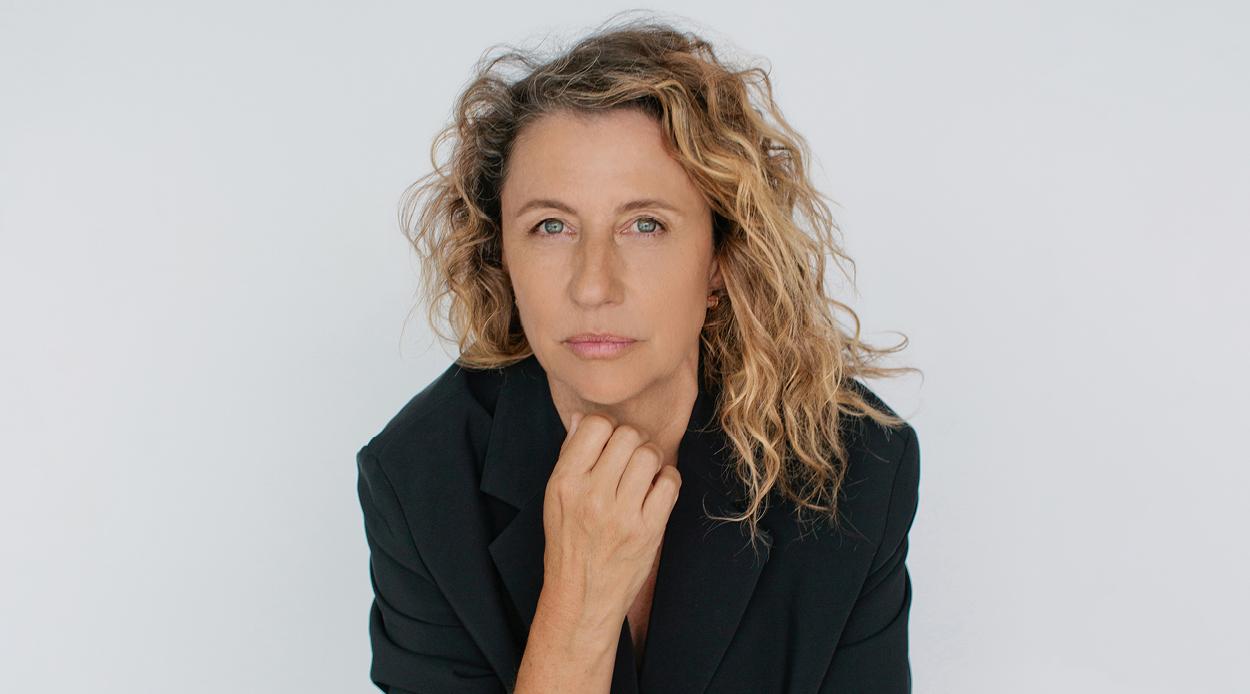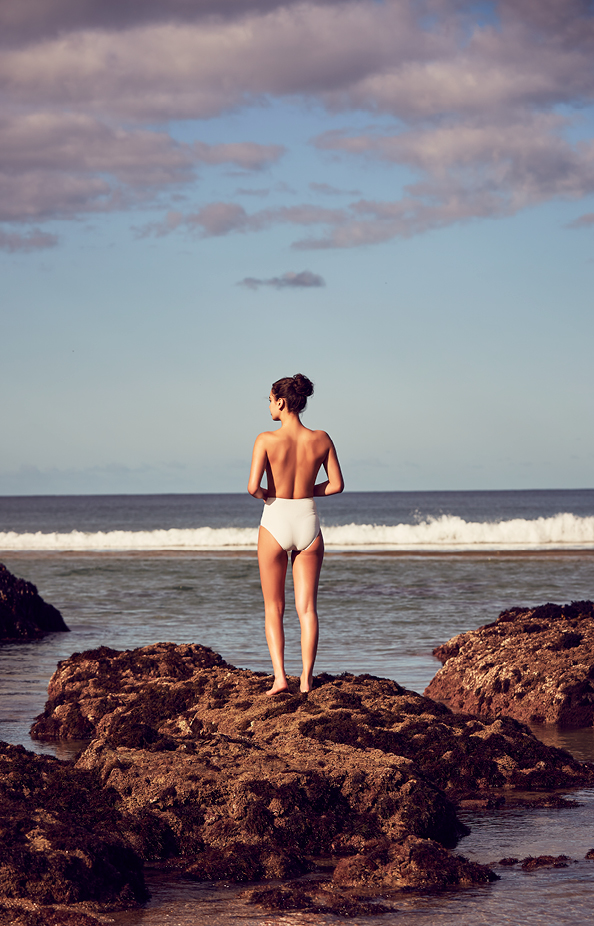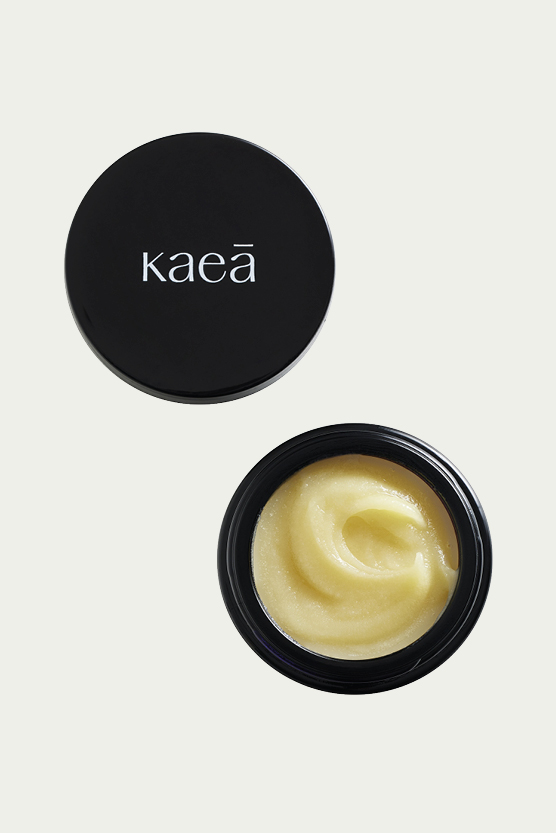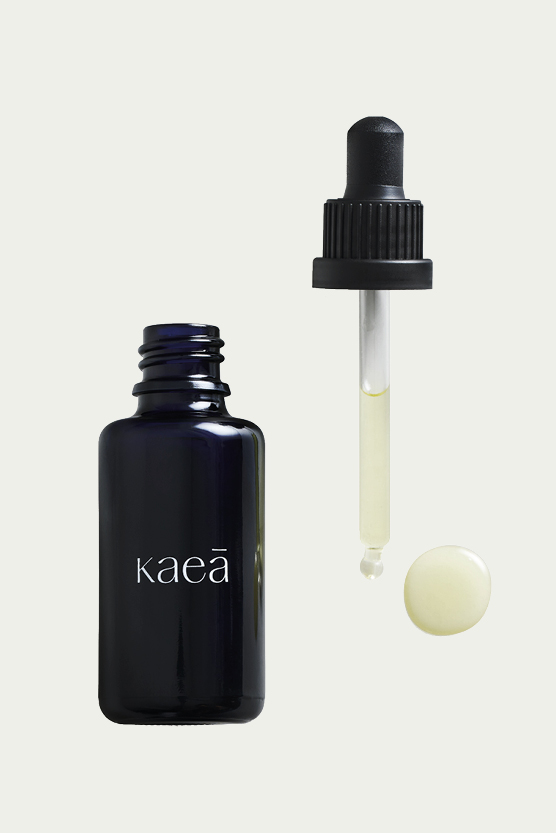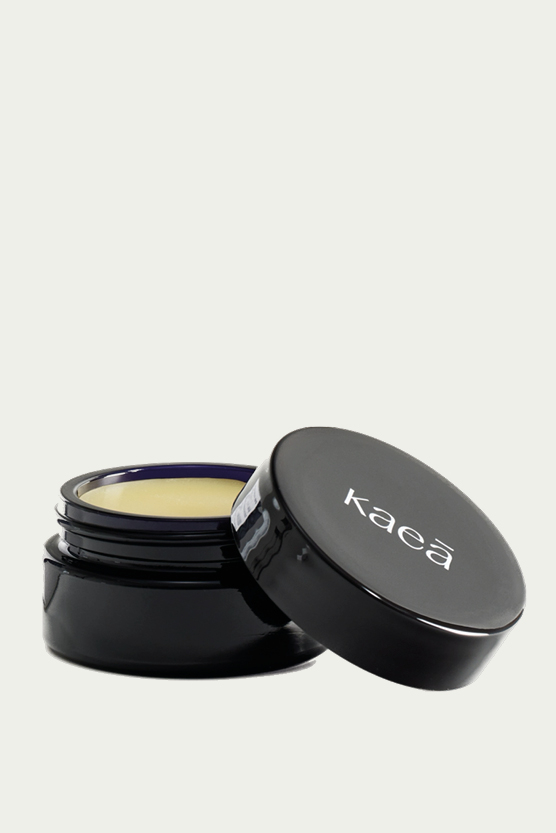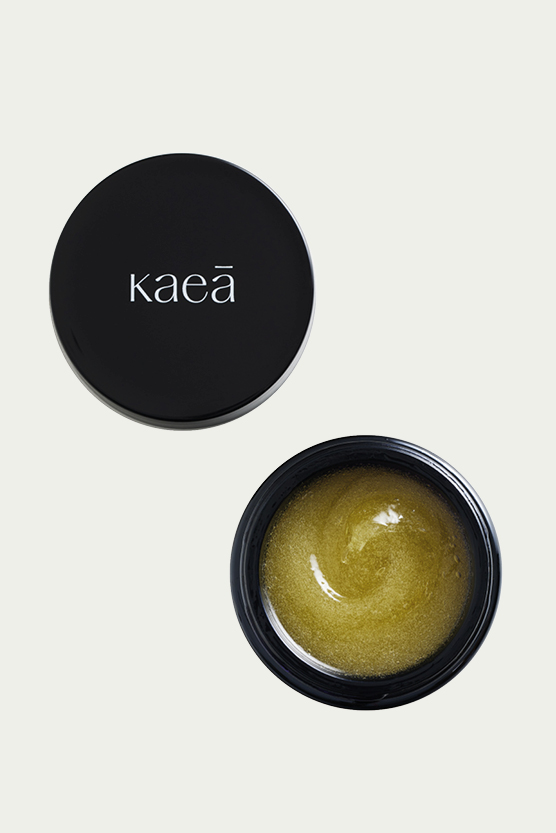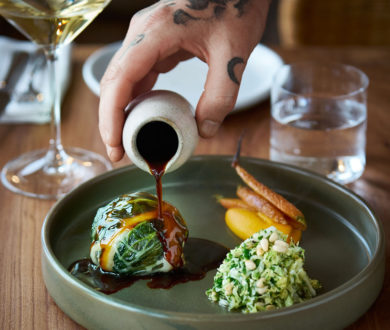Having been raised surrounded by the profound effects of conservation in practice, Suzan Craig has dedicated the last 20 years of her life to regeneration and biodiversity. Purchasing a beautiful piece of land on a remote part of Northland’s coastline just under two decades ago, Craig embarked on the painstaking process of restoring it to its biodiverse origins, proving in the process the immense impact that just one person with a bold idea can have on our precious environment. Called Tahi, Craig’s land is now home to a breathtaking array of native plants and animal species (thanks to the half-a-million native trees she has reintroduced) and stands as a beacon of biodiversity that its steward hopes will offer a blueprint for similar projects here and around the world. At Tahi, Craig not only offers tours, luxury eco-stays and educational programmes but she also has a thriving mānuka honey business and has recently launched a powerful natural skincare line, expertly formulated using botanical ingredients. Here, we sit down with the Switzerland-based New Zealander to talk about her incredible commitment to conservation, and why we need systemic change if we are to build a truly sustainable future and safeguard our environment for generations.
It has been said that a society grows great when old men plant trees in whose shade they shall never sit. Well, I don’t know about old men, but I recently met a woman who proves why this ancient proverb still rings true, and why its sentiment is now, more important than ever.
But Suzan Craig has done more than plant trees. Almost twenty years ago, the Switzerland-based New Zealander purchased a remote piece of land by the water near Whangarei that, in her words, was nothing more than a “dilapidated cattle farm.” Armed with a bold, ambitious vision and a passion for conservation, she transformed the 780-acre site into Tahi, spending years painstakingly restoring the ecosystems and bringing its rich, natural biodiversity back to life. Here, not only has Craig planted nearly half a million native trees, but she and her team have reintroduced 15 wetlands, and now, Tahi is home to 72 native species (from fewer than 20), attracts more bird species than most national parks in New Zealand and has a thriving, on-site mānuka honey business (exported around the world and available in stores like Harrods and Selfridges). It has also become one of the biggest employers in the region, establishing itself as a significant and respected part of its Northland community and draws people from around the country and all over the world to its exquisite nature sanctuary. If all that wasn’t enough, Craig also recently launched her first skincare line, Kaeā, a collection of expertly-formulated, clinically proven products that harness the power of active, botanical ingredients, (some of which are sourced from Tahi itself).
And while Tahi is already a multi-faceted business, is sustainable on a number of levels and is award-winning for its conservation efforts, if Craig is to see her ultimate vision realised, then Tahi’s immediate work will have far bigger implications than what we can see and experience now. She wants to plant the kinds of trees in whose shade we can collectively take refuge for decades (for generations, really). And she wants others to understand why embracing a long term vision is so crucial, particularly when it comes to biodiversity, climate change and the idea of planting trees as a widespread strategy for saving our environment.

But first, a look back to where it all began. Suzan Craig was raised surrounded by conservation in practice. After all, her father is Dr. John Craig (ONZM), a prominent conservation biologist and landscape ecologist who was one of the instigators and central figures of the Tiritiri Matangi Island restoration project. In 1974, a group affectionately called the ‘spade brigade’ launched the Supporters of Tiritiri Matangi, which saw them plant more than 280,000 trees on the small island off the coast of Auckland. They also mapped out an action plan to create a world-class wildlife sanctuary that would inspire new generations of conservationists. It was groundbreaking, and as word of its work spread, so
too did the number of people volunteering to be a part of its story.
Soon, the restorative effects started showing and now, the Island is a richly-diverse destination that is carefully cared for and full of rare native species. It was an ahead-of-its-time example of why biodiverse ecosystems are so important, and created something of a blueprint for how to reintroduce them successfully.
As a young girl, watching the Tiritiri Matangi project come to life, Craig was afforded a front row seat to the immense impact that strategic conservation could have on even just a small ecosystem. “I saw what regeneration could do,” she tells me, “and the huge power of one tree.” And when she eventually went off to work in commodities trading overseas (creating a revolutionary system for risk management), conservation remained close to her heart. “It had always been there,” she explains, “so when I was fortunate enough to be able to buy a piece of land back home, it was with restoration in mind. I wanted to slowly restore the ecosystems, and that’s what we have done at Tahi.”
“… there is currently no financial incentive comparable to pine for land-owners to regenerate or restore their land to its natural biodiversity, which ironically, is exactly what is needed if we’re to create an environment that is truly sustainable ”
Now, Tahi has been a work in progress for almost 20 years, and while its achievements to date are significant, its nature is ever-evolving. (The reality of any conservation project and certainly the case for Tiritiri Matangi which is still enacting new Biodiversity Plans and introducing new species.) For Craig, moving from the fast pace of the trading floor to the glacial pace of life as an ‘ecopreneur’ was certainly a shock but also, she tells me, hugely rewarding. It’s a mindset shift that we should all be thinking about when considering any work that impacts the environment. “With regeneration, you have to really plan 10, 20, 30 years into the future,” Craig explains, “it can take up to five years for the soil to heal so that it can facilitate and nurture native plants and species.” She continues, “Now, at Tahi, to see the incredible bird life returning and the fish flourishing in the sea that borders the land has been so inspiring… It offers a massive sense of hope I think, because what we have done here could be done globally, and while that seems like a really big, ambitious idea which it is, if you look at where we started and where we are now, it’s achievable. If we can influence a few people beyond our borders then we’ve succeeded.”
To look at Tahi as a model of conservation within the context of the carbon credit system propelling New Zealand’s pine plantations, is interesting. The idea of planting trees to save the environment is a familiar concept but there is far more nuance to the issue than most people understand. For starters, while there is a huge push at government level to plant trees that will sequester carbon (both here and around the world), most if not all of the financial incentives are tied in with carbon credits, and here, the most economically viable crops to plant are pinus radiatus — a non-native species that, long term, offer very little to our natural ecosystem. Even so, crops are being planted across New Zealand every day because they are cheap to grow and easy to manage.
Unfortunately, there is currently no financial incentive comparable to pine for land-owners to regenerate or restore their land to its natural biodiversity, which ironically, is exactly what is needed if we’re to create an environment that is truly sustainable for decades to come. If you analyse biodiversity as a prospect on paper, the numbers just don’t stack up. (Which unfortunately isn’t at all representative of its huge value off paper — in the real world.) And, as carbon credit value drops (which some experts predict will happen around 2040) there will need to be another solution in place for long term environmental and economic sustainability — a call that biodiverse regeneration is perfectly equipped to answer, if only it could get the support it needs from the top. New Zealand’s move to permanent pine plantations, which can deliver huge financial windfalls for land-owners all in the name of environmental regeneration, is an issue for our future, and is something about which Craig feels passionately.
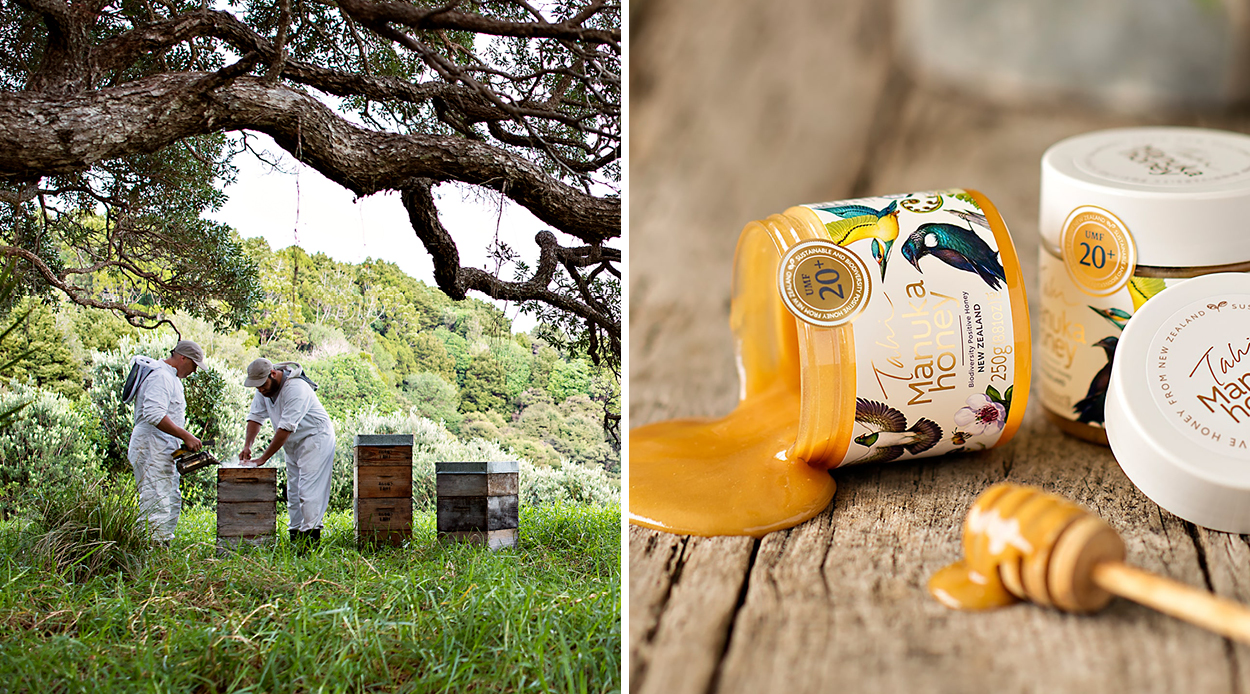
“We need to start placing economic value where the real value is,” she explains. “Biodiverse, native forests not only give more back to the environment over time, but they support native species to thrive, which has a measurable impact on our lives, too… but it takes a lot of time and money to manage, so the change here has to be systemic.” Craig argues that if New Zealand could just back biodiversity in a big way through our Emissions Trading Scheme (ETS) then perhaps the significant set-up and maintenance costs of regenerating a biodiverse forest could be subsidised. And if Tahi is anything to go by, not only does biodiversity benefit the land, it cultivates a community and delivers jobs to people, too. It just takes a bit of innovative, creative thinking. “New Zealand is playing the short term when we could be leading in this space,” Craig emphasises. “We need some more bold, brave people to showcase what is possible and to demonstrate that there is actually a viable financial model here, if you go deeper.”
This message is something that Craig is focused on expanding on through her work at Tahi. Not only via direct advocacy, but by creating the conditions in which people can learn more, including offering walks and tours of Tahi, luxury eco-stay accommodation on the property and running programmes for children in schools. Beyond New Zealand, Craig’s message of sustainability has been taken to the world via her premium Tahi mānuka honey products, and more recently, her new skincare line too. “That’s why I have the birds on our packaging for both,” Craig reveals, “not only are birds the single biggest indicator of biodiversity, but they are the symbol that takes our message to the world.”
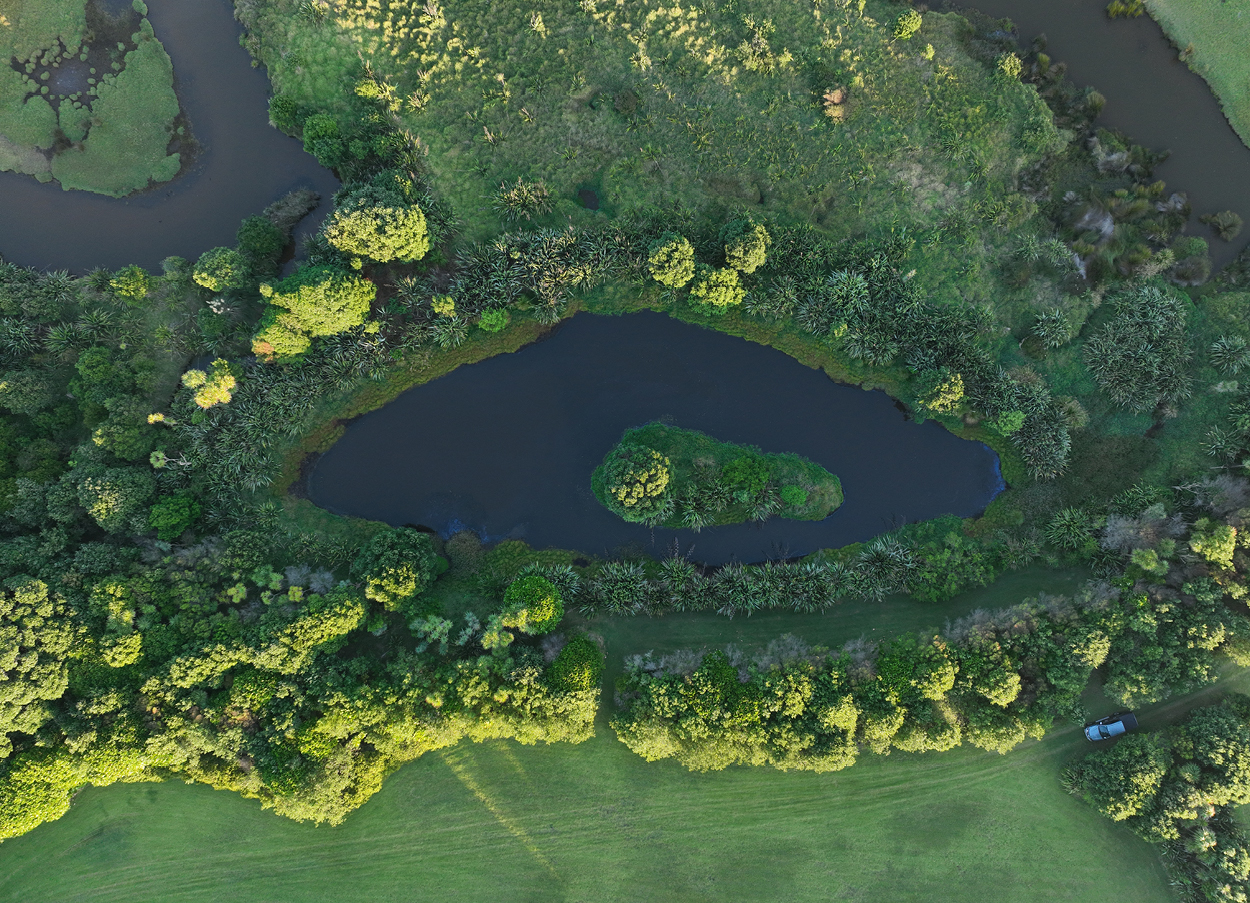
For anyone unfamiliar, Tahi mānuka honey is exceptional. This biodiverse-positive honey is kept as close to the raw product as possible, harvested using only ethical bee-keeping practices and undergoing no overheating or pasteurising to ensure its potent properties can deliver a full spectrum of benefits. Every jar is fully traceable, and is free from GMO and GE with no added water, sugar and certainly no chemicals. As pure and authentic as mānuka honey can get, it is the perfect vehicle for Craig to spread
Tahi’s message, a physical representation of the integrity with which she stewards her land.
Similarly, Craig’s newly-launched skincare line Kaeā has been a true labour of love, offering something unique in what is fast-becoming a highly-saturated but sought-after space. Kaeā’s products are potent and multipurpose, and with only four in the line at the moment, are easy to add into any routine or tailor to individual skin types. But it wasn’t a straightforward road to launch, with Craig explaining how she had to approach the process meticulously and in collaboration with global experts at every stage.
“I was suffering from terrible rosacea,” Craig reveals, “and I had gone through this really long journey of trying every cream and nothing worked, so I was about to go on prescription medication when I thought that I would try some of our Tahi mānuka honey. It made a huge difference.” Knowing she couldn’t very well wear honey on her face every day, Craig decided to create a minimalistic, natural skincare line that harnessed the makuna’s healing and protective powers, calling on world-renowned formulator Daniele Ryman to help her bring her vision to life. “I had very clear, non-negotiable baselines,” she explains, “which were to take the purest, most powerful botanical ingredients and turn them into high-performance products using waterless formulations and no additives.”
The whole process took five years. But not only was Craig able to meet the high standards she set for herself, she managed to get all of Kaeā’s products clinically tested and proven, and now, has a skincare line that is making waves both here and overseas. “We were recently picked up by a new spa in Switzerland,” she tells me, of the luxurious new space at the Villars Palace Hotel. In fact, Craig says, the hotel team loved the line so much that they put Kaeā in their official spa name — a testament to the way she has balanced efficacy with luxury in each of her products.
Importantly, Craig reinvests 100 percent of all profits made from her honey and Kaeā, back into Tahi. That has always been her pledge. Because ultimately, what she is advocating for through her various eco-ventures, is an approach to sustainability free from the green-washed buzzwords that have been so widely and casually co-opted by corporations. To her, true sustainability is as much about caring for people as it is about caring for the land. You can’t have one without the other. It’s an idea that only really works when its environmental schemes run in parallel with economic considerations; and when communities can be created and cultures cultivated around it. Because in order to get buy-in from people at every level, sustainability needs to be more than just a badge or a byline. It has to feel real, tangible and lasting. Suzan Craig knows this better than most.
“Tahi is a micro example, but we’re expanding” she explains, “and now we are looking at ways we take the rigorous methodology they use in forestry, for example, and apply it to a biodiverse context.” She continues, “eventually I’m hoping that Tahi can be made fully financially sustainable, so that it doesn’t require any one person to support the restoration and regeneration, it becomes a whole ecosystem within an ecosystem — the community, the financial model and the actual land, and that ultimately, our version of sustainability becomes a financial model that can be replicated here and around the world.”
It’s an ambitious goal indeed. But what Craig is aiming for is something that will benefit all of us, and our children, and their children. She is reimagining the model of regeneration, and hopefully building something that will shift the dial on our approach to sustainability, collectively and systemically. Beyond the honey, beyond the skincare, it’s a message of very real hope for the future, and that’s something we can all get behind.

